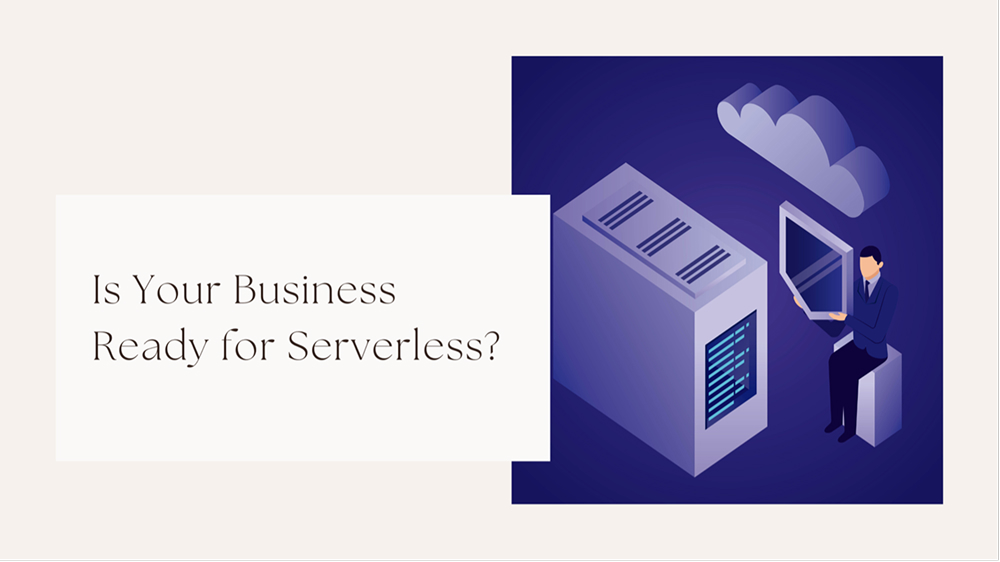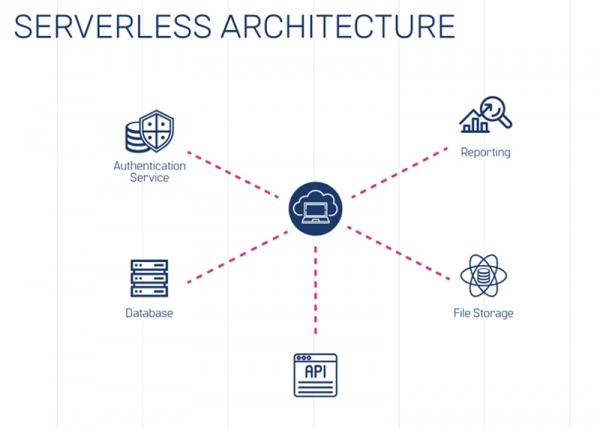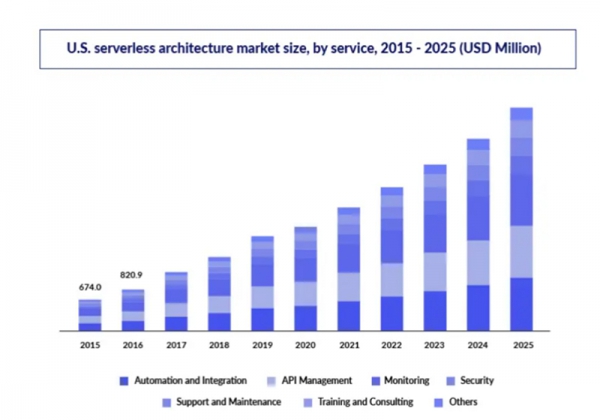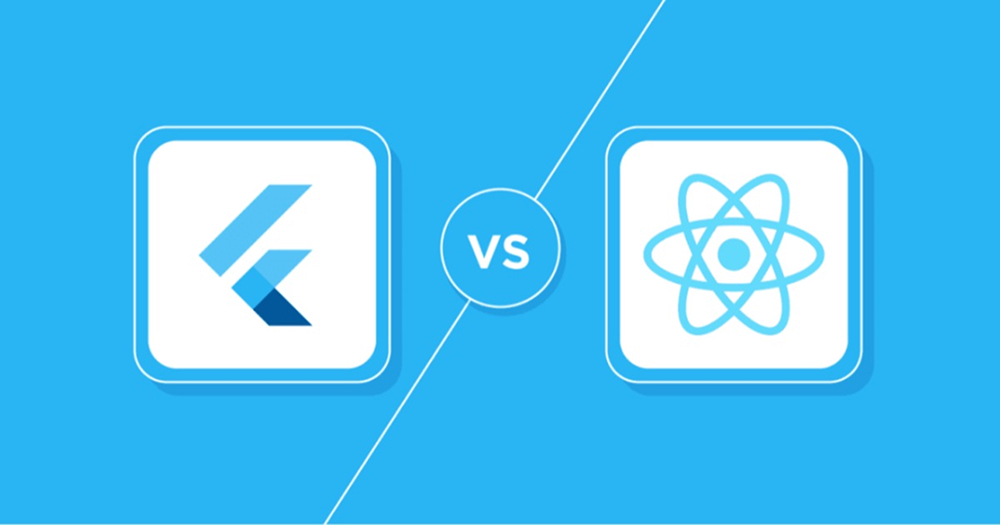table of content
- Introduction
- What is Serverless Architecture?
- What is the difference between serverless and server architecture?
- Why are Businesses Shifting Towards Serverless?
- What are businesses building with Serverless?
- Web Applications and APIs
- Data Processing and Transformation
- IoT Applications
- Event-Driven Systems
- Scheduled Tasks and Batch Jobs
- Chatbots and Virtual Assistants
- Prototyping and Rapid Development
- What challenges do businesses have when opting to go serverless?
- Cold Starts – Delayed Response Times
- Monitoring and Debugging – Limited Visibility
- Vendor Lock-In – Migration Challenges
- How to mitigate these challenges?
- Conclusion
- FAQs
Is Your Business Ready for Serverless?

Introduction
Serverless architecture offers the promise of cost-effective scalability without the burden of server administration. Its billing concept is appealing, but is it truly the silver bullet for modern software? There are some hidden complications that might impact cost, performance, and adaptability behind the hype.
When businesses choose to adopt serverless for their business without careful planning, they usually encounter unpredictable problems. So, is serverless truly the best option for you? In this blog, we will explore serverless architecture, its advantages and drawbacks as well as effective ways to mitigate them.
What is Serverless Architecture?

Serverless architecture enables developers to create and run applications without regard for servers. Everything functions well because cloud providers like serverless AWS architecture, Azure, and others handle provisioning, scalability, and maintenance. The approach is very cost-effective and scalable for businesses since it is event-driven, dynamically scales resources based on demand, and only charges for real consumption.
Serverless computing enhances agility, lowers operational overhead, and accelerates development by removing infrastructure worries. It’s like hiring a catering business for an event; you host the party, and they will take care of the rest.
What is the difference between serverless and server architecture?
Here is a comparison of Serverless Architecture vs. Traditional Server-Based Architecture, with a focus on every important aspect.
| Aspect | Server-Based Architecture | Serverless Architecture |
|---|---|---|
| Infrastructure Management | Developers manage servers or VMs manually. | Cloud provider manages infrastructure. |
| Resource Allocation | Fixed resources provisioned based on need. | Dynamically allocated based on demand. |
| Scaling | Manual or automated scaling required. | Automatically scales based on workload. |
| Cost Model | Upfront costs and ongoing expenses. | Pay-per-use; billed for actual usage only. |
| State Management | Applications maintain state on the server. | Functions are stateless by design. |
| Operational Overhead | Requires active server maintenance. | Minimal, as cloud provider handles servers. |
| Performance | Consistent, but requires optimization. | Can experience latency due to cold starts. |
| Flexibility & Control | Full control over infrastructure. | Limited control over environment settings. |
| Use Case Examples | Hosting websites, enterprise applications. | Event-driven tasks like image processing, APIs. |
Serverless and classic server architectures each have their merits. Traditional servers give flexibility and control, whereas serverless delivers scalability and cost effectiveness. The best model for your application is determined by its requirements and workload.
Why are Businesses Shifting Towards Serverless?
The way that companies develop and implement apps is being completely transformed by serverless architecture. The following explains why businesses are embracing this approach so quickly:
- Cost Efficiency: The pay-as-you-go approach of serverless ensures that enterprises only pay for what they consume. This helps in significant long-term cost reductions, while businesses can lower infrastructure costs and no longer need to pay for operating idle servers.
- Scalability: Serverless maximizes usage of the software by dynamically scaling resources based on demand. It assures perfect performance even in high traffic situations and reduces waste during light activity.
- Faster Time to Market: Businesses can focus on development instead of infrastructure management with serverless. Cloud providers manage provisioning, so developers can focus on design, test, and deploy programs more quickly. This leads to a competitive advantage, quicker launches, and happier customers.
- Reduced Operational Overhead: Security patches, monitoring, and regular upgrades are necessary for server management and maintenance. This burden is removed by serverless, which transfers infrastructure duties to cloud providers. It allows professionals to concentrate on innovation and business expansion rather than regular maintenance.
- Improved Flexibility: Businesses may update and deploy individual application components separately with serverless’ support for microservices architecture. It enables faster product rollouts, smoother enhancements, and the capacity to promptly adjust to market needs without causing major interruptions.
- Optimized Performance: Serverless apps ensure effective use of processing power by only executing operations when forced. Businesses may keep expenses under control and maintain excellent application responsiveness even during unpredictable workload surges with integrated load balancing and dynamic resource allocation.
- Stronger Ecosystem: Companies can create feature-rich apps with less effort with integrated AI, machine learning, database, and analytics capabilities. Smooth integration lowers development complexity, drives creativity, and speeds up time to value.
Businesses may get scalability, agility, and cost savings by adopting serverless, which makes it an excellent option for modern software.
What are businesses building with Serverless?

The serverless architecture industry is expanding. According to the stats, revenue is expected to rise from $17.78 billion in 2025 to $124.52 billion by 2034 at a 24.23% CAGR. Serverless is revolutionizing app development due to its scalability and cost effectiveness. Businesses are using it to create creative, affordable, and effective solutions. Here are some innovative serverless solutions that businesses are creating:
Web Applications and APIs
For web apps and APIs, serverless is the best option since it can efficiently handle dynamic workloads. For instance, an online store that uses serverless architecture for web application to manage inventory, process transactions, and provide content dynamically, using resources only when required. Companies benefit from auto-scaling capabilities, which provide optimal performance during high traffic without overprovisioning resources.
Data Processing and Transformation
Real-time data processing activities including data transformation, log analysis, and picture and video scaling are common uses of serverless. Financial institutions use serverless to rapidly evaluate transaction data and activate fraud detection systems when irregularities arise, while media organizations utilize it to automate processes like compressing uploaded pictures.
IoT Applications
Serverless offers a scalable way to analyze real-time data from sensors and smart devices, which are producing data at a rate of millions per second. Serverless technology eliminates the need for always-on servers and guarantees smooth communication between devices, whether it is used for home security automation, fitness tracker data analysis, or industrial machinery monitoring.
Event-Driven Systems
Serverless functions that initiate activities based on predetermined events are used by businesses to automate operations. For example, when a customer buys something online, the business may immediately handle refunds, update stock levels, and email order confirmations. Serverless eliminates the need for complicated server configurations and improves the responsiveness and efficiency of event-driven systems.
Scheduled Tasks and Batch Jobs
Many organizations rely on scheduled processes to generate daily reports, backup databases, and remove temporary files. These repeated operations may be effectively completed by scheduling serverless processes, which lower operating expenses by only executing when necessary.
Chatbots and Virtual Assistants
Businesses may utilize serverless to build voice assistants and intelligent chatbots that adapt to consumer demand by scaling dynamically. Serverless chatbots, as opposed to conventional server-based versions, are affordable during periods of low traffic while functioning well during moments of high engagement.
Prototyping and Rapid Development
Serverless technology allows businesses and startups to quickly prototype, test, and scale apps without having to worry about infrastructure management. Developers may expedite innovation cycles by rapidly developing, deploying, and validating products in an affordable environment.
Serverless computing simplifies infrastructure while enabling companies to concentrate on product development. Serverless offers flexibility, scalability, and cost effectiveness for web apps, IoT, and data processing, which is why it is being widely adopted across sectors.
What challenges do businesses have when opting to go serverless?
Despite its cost-effectiveness, scalability, and flexibility, serverless computing has drawbacks. Businesses may implement serverless architecture more intelligently if they are aware of these challenges.
Cold Starts – Delayed Response Times
When a serverless function is activated after being inactive for a while, it is said to have a cold start. The system requires time to allocate resources and begin the function since cloud providers don’t maintain functions running continuously, which results in delays. Applications like chatbots, e-commerce checkouts, and financial transactions that need real-time replies find this challenging. Even a few hundred milliseconds of latency could have a negative impact on the user experience.
Monitoring and Debugging – Limited Visibility
While serverless functions are performed in ephemeral containers, traditional debugging tools depend on continuous execution environments and permanent server logs. This implies that after execution, logs can disappear which makes it challenging to identify faults or performance issues. It becomes difficult to diagnose problems with serverless apps since they are spread over several functionalities. For instance, when an API call fails, it might be difficult to determine if the function, database connection, or third-party service is the issue.
Vendor Lock-In – Migration Challenges
The ecosystem of each cloud provider is closely connected with the majority of serverless platforms. AWS lambda serverless architecture service integrates easily with AWS services like S3 and DynamoDB, whereas Azure Functions integrates with cloud technologies from Microsoft. Because of this deep dependability, businesses must rewrite or alter major chunks of their code when moving providers. For example, it could be necessary to rewrite function logic, modify event triggers, and reconfigure API gateways when moving from AWS Lambda to Google Cloud Functions.
How to mitigate these challenges?
Businesses may overcome the challenges that come with serverless computing by using best practices and strategic planning. Here’s how:
- Reducing Cold Starts
- Optimize Function Design: Keep functions lightweight and limit dependencies to reduce startup time. Use smaller package sizes and optimize memory allocation.
- Provisioned Concurrency: AWS Lambda’s Provisioned Concurrency keeps functions warm, reducing initialization time. This ensures critical functions are ready to execute instantly.
- Keep Functions Active: Scheduled executions (e.g., AWS CloudWatch Events) can periodically invoke functions to prevent them from going idle.
- Enhancing Monitoring & Debugging
- Use Centralized Logging: Implement tools like AWS CloudWatch, Google Cloud Logging, or Datadog to collect logs across multiple serverless functions.
- Distributed Tracing: Tools like AWS X-Ray and OpenTelemetry help track request flows, making debugging easier in complex workflows.
- Structured Error Handling: Implement try-catch mechanisms and define custom error messages to streamline issue resolution.
- Avoiding Vendor Lock-In
- Use Multi-Cloud Strategies: Design applications with cloud-agnostic tools like Kubernetes, OpenFaaS, or Serverless Framework to reduce dependence on one provider.
- Standardized APIs: Rely on industry-standard APIs rather than provider-specific services to ease migration.
- Abstract Function Logic: Use abstract layers to decouple functions from cloud provider-specific configurations.
By implementing these strategies, businesses can fully leverage serverless computing while minimizing its challenges.
Conclusion
Scalability, cost reductions, and agility are all benefits of serverless computing, but there are also hidden costs like debugging, vendor lock-in, and cold starts that could affect performance. Businesses must proactively prepare to address these issues. Careful preparation for serverless architecture ensures smooth operation whether creating web apps, Internet of Things applications, or event-based systems.
With Codestore, you can create a secure, cost-effective, and scalable serverless solution. CodeStore is here to offer you a team of specialists in creating serverless architectures that are tailored to the requirements of your business. We promise seamless operation from development to optimization. To begin your cloud adventure, get in touch with us right now! Visit us at CodeStore Solutions.
FAQ
1. What is Serverless Architecture?
Serverless architecture eliminates the need for server maintenance and allows apps to operate on demand. Modern apps like AWS Lambda serverless architecture are perfect for cloud computing since cloud providers take care of provisioning, scalability, and maintenance.
2. How does Serverless Computing work?
Serverless computing scales resources autonomously and executes apps in response to events. Like AWS Lambda, AWS serverless application architecture optimizes cost and performance for a range of workloads by executing code without the need to create servers.
3. What are the benefits of using Serverless Architecture?
Serverless architecture offers auto-scaling, cost efficiency, and faster development. It eliminates infrastructure management that makes serverless app architecture ideal for scalable and event-driven applications like AWS serverless web app architecture.
4. What are the challenges of Serverless Computing?
Cold starts, vendor lock-in, and complicated debugging are among the difficulties. When it comes to serverless application design, AWS serverless architectural patterns can assist in maximizing speed and reduce latency.
5. Which cloud providers support Serverless Architecture?
Major providers include AWS in which AWS Lambda, Aurora Serverless architecture are the services and Google Cloud Functions, Azure Functions, and IBM Cloud Functions that offer serverless solutions for diverse applications.
6. Is Serverless suitable for all types of applications?
Serverless is ideal for event-driven applications, APIs, and microservices but may not suit workloads requiring persistent, long-running processes, unlike traditional server vs serverless architecture models.
7. How does Serverless Architecture handle security?
Serverless architecture follows cloud security best practices, including IAM roles, encryption, and automated scaling. AWS serverless architecture patterns ensure secure execution of functions with minimal exposure.
8. How does Serverless compare to traditional cloud computing?
Unlike traditional cloud models, serverless application architecture eliminates server management, scaling automatically. Serverless AWS architecture offers cost savings and agility, while traditional setups require manual provisioning.
9. Can Serverless work with databases?
Yes, serverless works with databases like AWS Aurora Serverless architecture, which auto-scales based on demand. It enables seamless integration in serverless architecture for web applications.
10. When should businesses consider Serverless for their applications?
Businesses should adopt serverless architecture for web applications requiring auto-scaling, cost efficiency, and fast deployment. It’s ideal for event-driven apps, APIs, and microservices, reducing operational overhead.



